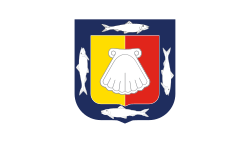This article needs additional citations for verification .(September 2016) |
The following is a list of flags that are used in the United Mexican States and its predecessor states.
Contents
- National flag
- Presidential flags
- Historical
- State flags
- Municipality flags
- Military flags
- Annexation
- Political flags
- Native American flags
- Other flags
- See also
- References
Wikimedia Commons has media related to Flags of Mexico .


















































































